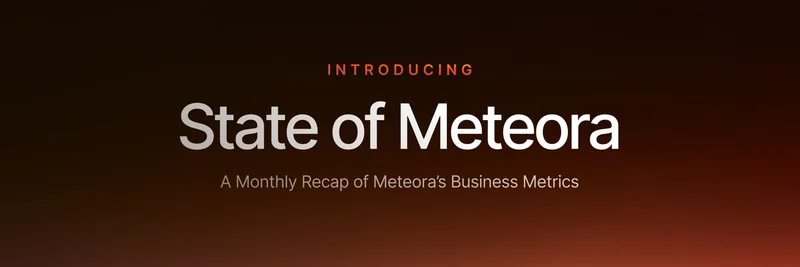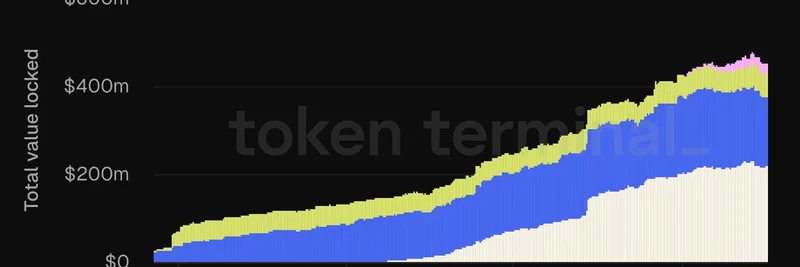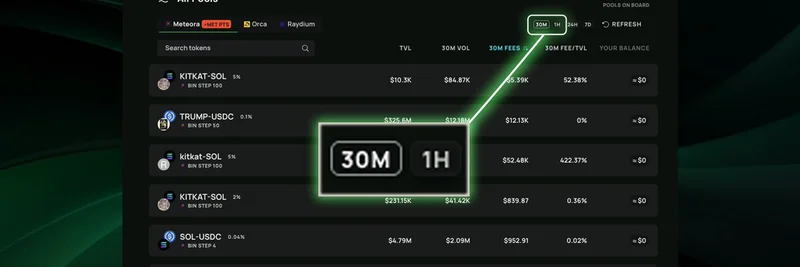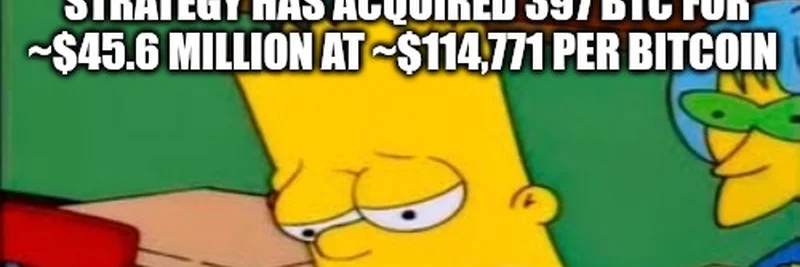Hey there, crypto enthusiasts! If you’re into the wild world of meme tokens and blockchain tech, you’ve probably heard about the importance of keeping smart contracts secure. Today, we’re diving into an exciting project shared by Sergio (@Seecoalba) on X, where he’s been hard at work developing his own Static Analyzer tool for Solana. This tool is a big deal for anyone building or investing in Solana-based projects, and we’re here to break it down for you in a fun, easy-to-understand way!
What’s a Static Analyzer, Anyway?
Let’s start with the basics. A static analyzer is like a super-smart code checker that looks at your program’s source code without running it. Think of it as a virtual security guard that spots potential vulnerabilities—like bugs or weak spots—before they can cause trouble. For blockchain platforms like Solana, where smart contracts handle valuable transactions, this is a game-changer. Sergio’s tool is built using Rust, a programming language known for its speed and safety, making it a perfect fit for this task.
Sergio’s Journey: From Idea to Action
Sergio’s thread kicks off with a simple yet bold announcement on July 28, 2025, at 09:09 UTC. He’s been tinkering with this project for a while, and now he’s ready to share the progress. The thread links back to several of his earlier posts, showing a step-by-step evolution. For example, he explored the architecture of a radar tool by forefy, used AI to create diagrams, and even rewrote code in Rust to deepen his understanding. This hands-on approach is a goldmine for anyone looking to level up their blockchain skills!
One cool highlight is how Sergio used Anchor, a framework that simplifies Solana programming. He extended Anchor functions, optimized logic, and navigated Abstract Syntax Trees (ASTs) to make the tool more efficient. If you’re new to this, an AST is like a tree diagram of your code that helps the analyzer understand its structure—pretty neat, right?
The Architecture Unveiled
The real star of the show is the system architecture Sergio shared. Check out this diagram:
This flowchart shows how the tool works. It starts with a user input via a CLI (Command Line Interface), parses the arguments, and then dives into a core analysis phase. The Rule Engine and Rule Registry categorize issues into high, medium, and low severity, using a DSL (Domain-Specific Language) core. From there, it filters data, extracts spans, processes findings, and generates a Markdown report. It’s like a well-oiled machine designed to catch problems early!
Why This Matters for Meme Tokens and Beyond
If you’re into meme tokens, you know they often rely on Solana’s fast and cheap transactions. But with great speed comes the need for great security. Sergio’s tool could help developers spot issues in meme token smart contracts before they go live, saving projects from costly hacks. Plus, since he’s sharing the process openly, it’s a fantastic learning resource for the community.
What’s Next?
Sergio’s excited about the future, with tons of ideas still in the pipeline. The tool is coming soon, though he warns it’ll keep evolving. This open-source spirit is exactly what drives innovation in the blockchain space, and we can’t wait to see how it grows!
So, whether you’re a developer, a meme token enthusiast, or just curious about blockchain tech, keep an eye on Sergio’s progress. Follow him on X for updates, and let us know your thoughts in the comments below. How do you think this tool could shape the future of Solana security? Drop your ideas—we’d love to hear them!




